Installing medium voltage power cables underground comes with its own set of challenges. From an engineering standpoint, there are several factors one needs to consider before installing the cable. The most overlooked if not a well-understood factor is the type of power cable that’s required for the application and when to ground the cable’s neutral or tape-shield.
Power cable with concentric neutral
Take a look at Figure 1. This type of cable is used by the utilities for power distribution via underground raceways. It contains either the 1/3rd size neutral (relative to a phase conductor) when it is used for the three-phase supply or a full size neutral for single
When the concentric neutral in this cable is grounded at both ends, there is a possibility of circulating currents in the neutral wire (current flowing from one end to the other; then into the ground and back into the wire at the starting position). This can happen either due to unbalanced load currents, voltage induction from the stray magnetic field or due to a short-circuit involving a line-to-ground fault. In any case, this current-carrying neutral constitutes the fourth cable (in a 3-phase setup). When this setup is installed inside a conduit, derating the cable ampacity for the additional wire is necessary (to avoid thermal overload.)
Keep in mind, with three-phase conductors with 1/3rd neutral, the equivalent neutral would be 1/3 x 3 = 1 full
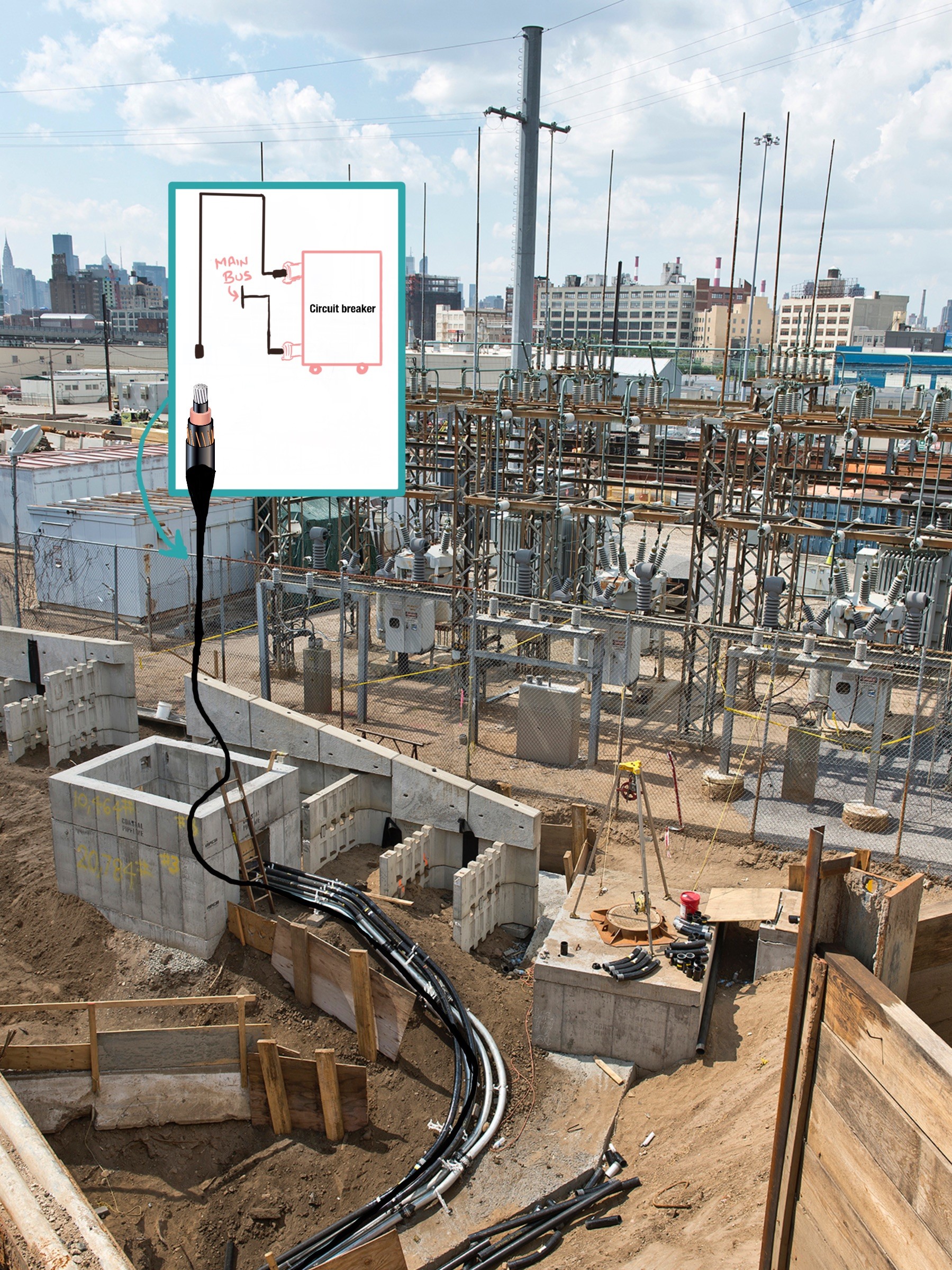
Power cable with tape-shield (no neutral)
Sometimes the concentric neutral conductor on top of the insulation is not required, typically when connecting the power transformer secondary to switchgear nearby or when supplying power to an industrial load (which predominantly contains three-phase loads). For this scenario, a cable without a neutral wire is used.
Figures 3 and 4 highlight a cable that has a tape-shield over the EPR insulation in place of a concentric neutral conductor. The tape is a thin sheet of copper that’s wrapped around the cable – enclosing it completely. This cable costs less (than ones with neutral) to manufacture.
Significance of tape-shield
You may be wondering, what’s the purpose of the tape-shield? The critical function of the tape is to evenly distribute the electric field generated by the voltage on the copper cable. With a damaged tape, the E-field is free to focus on the near-by grounded material. This concentrated field creates stress on the cable insulation. Furthermore, any imperfections in the EPR or XLPE insulation or moisture ingress allows the E-field to pick-apart the insulation, leading to premature cable failure.
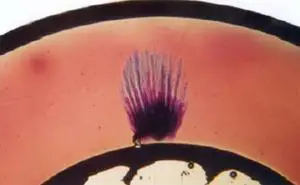
Damaged cable insulation due to electric field stress. Source: Cablab. 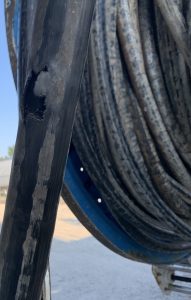
Blown cable jacket
Current carrying capability of tape-shield
Due to the thin gauge of the tape, it is not rated to carry any significant neutral current or short circuit current. Thus, to defeat any current from flowing, the tape shield is grounded at only one point in its entire run. Doing this presents its own issues.
In a long cable run, with the tape grounded at one end only, the voltage starts to build-up on the tape as you move to the other end of the cable. This presents a hazard to personnel working nearby.
Thus, to afford safety for people working near these cables, certain installations have the tape grounded at both ends. In this setup, to protect the tape-shield, a dedicated ground conductor is run with the three-phase conductors in the same conduit.
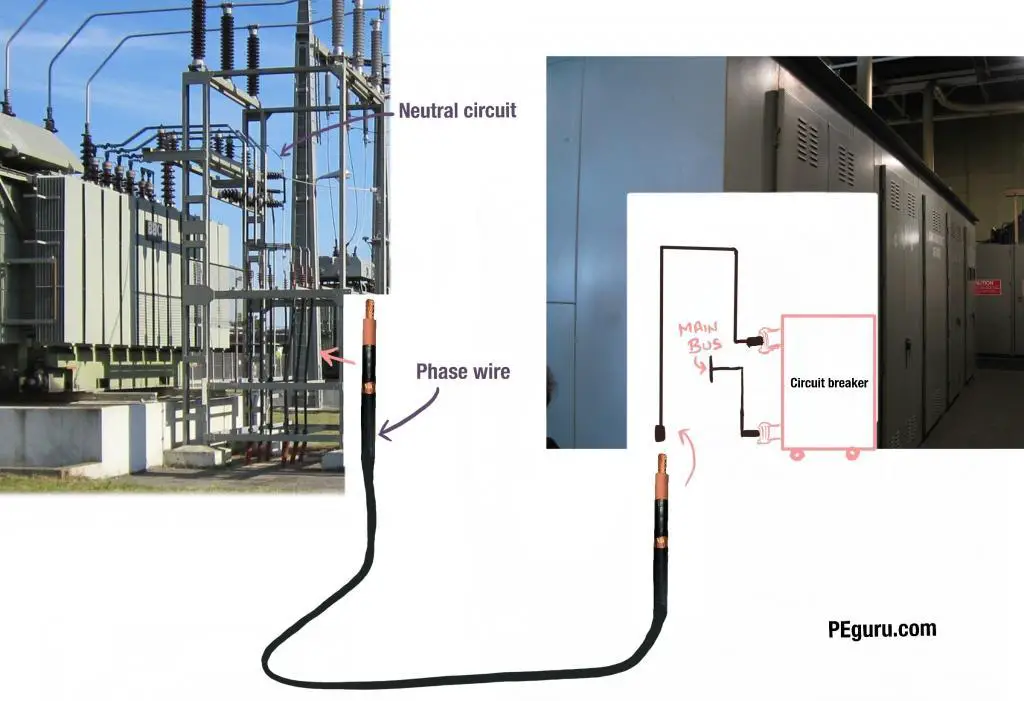
Summary
- For utility power distribution application: Use power cable with the concentric neutral conductor. Ground neutral at both ends and in manholes where the cable is spliced.
- For industrial power distribution application or small runs inside substation: Use power cable with tape shield. Ground tape shield at one end only.

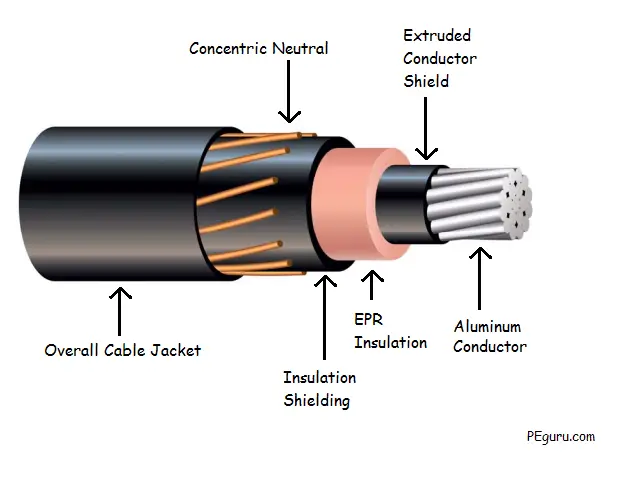
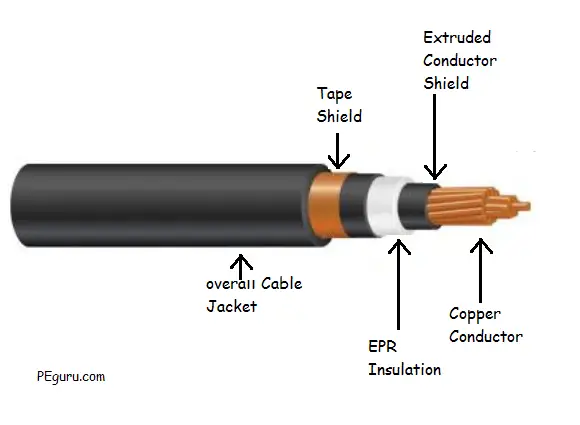
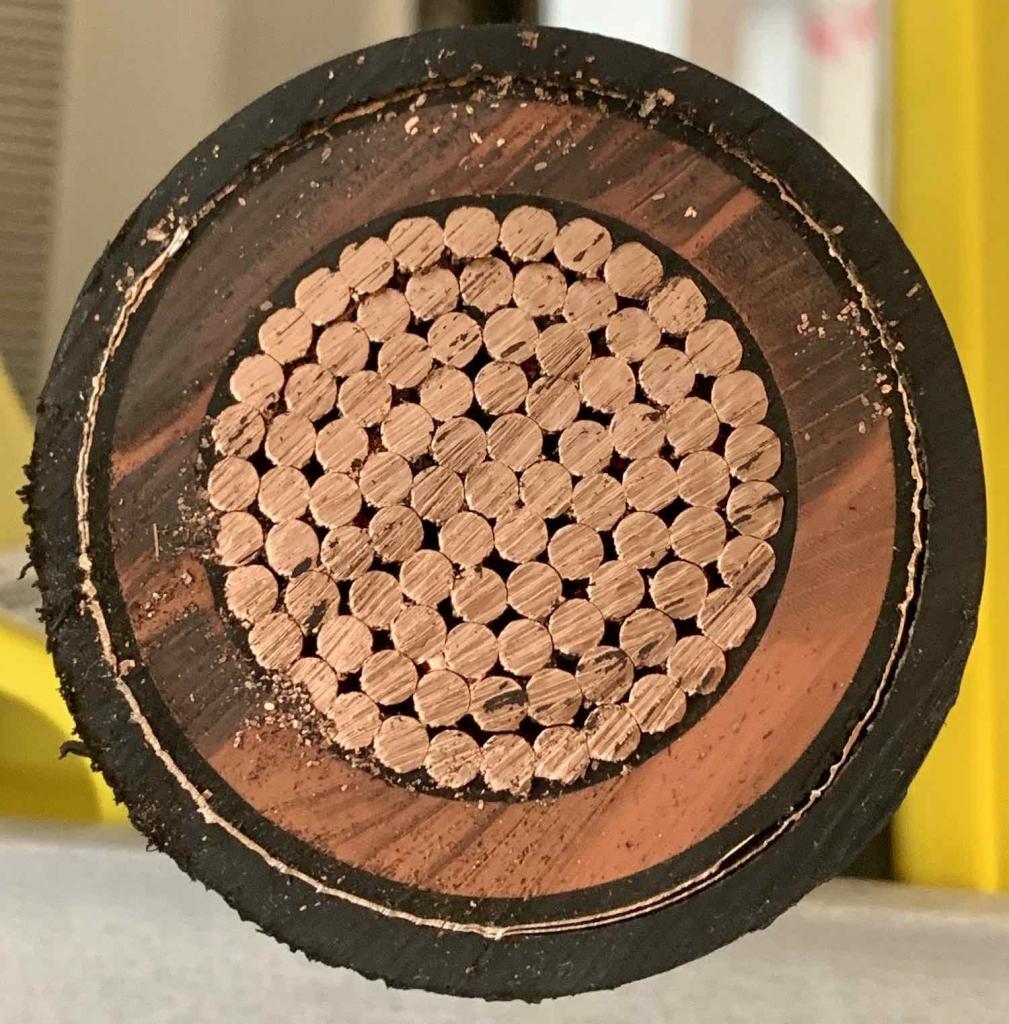
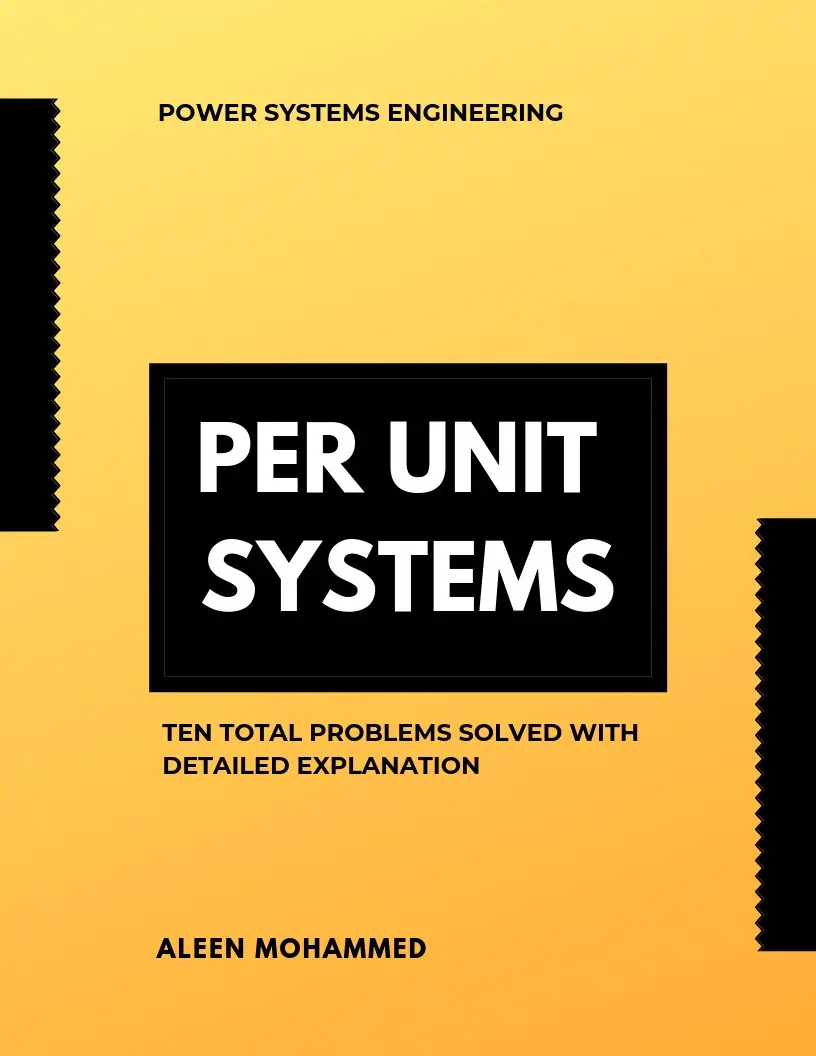
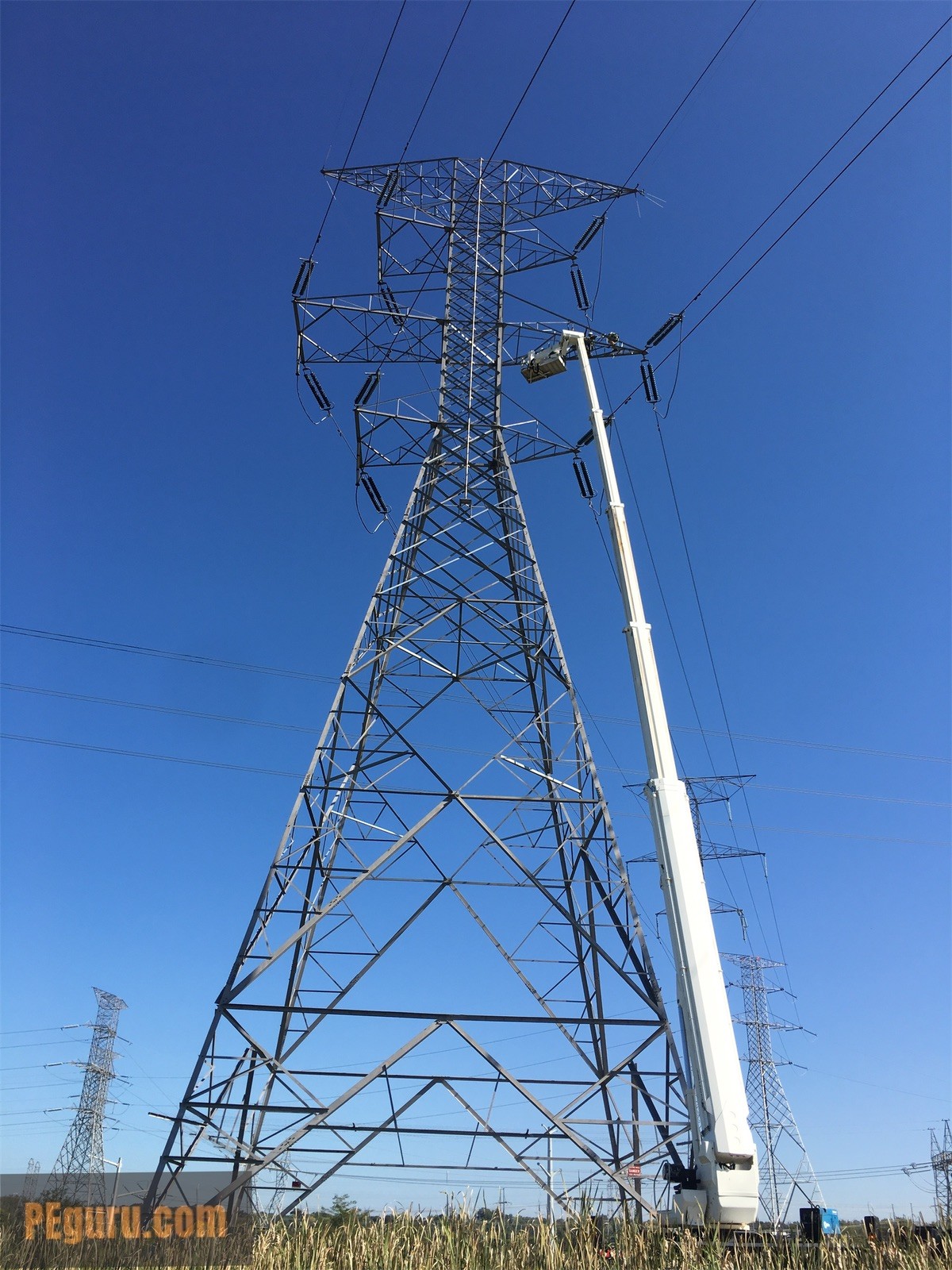
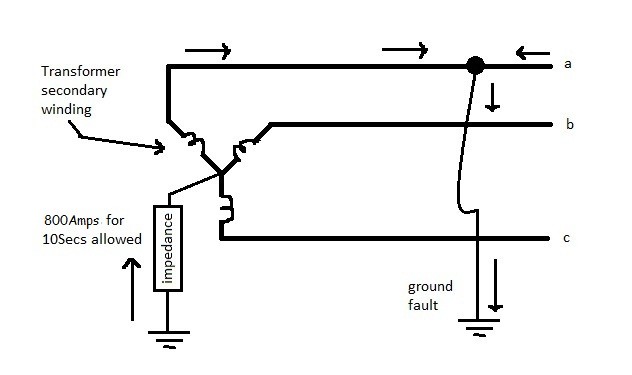
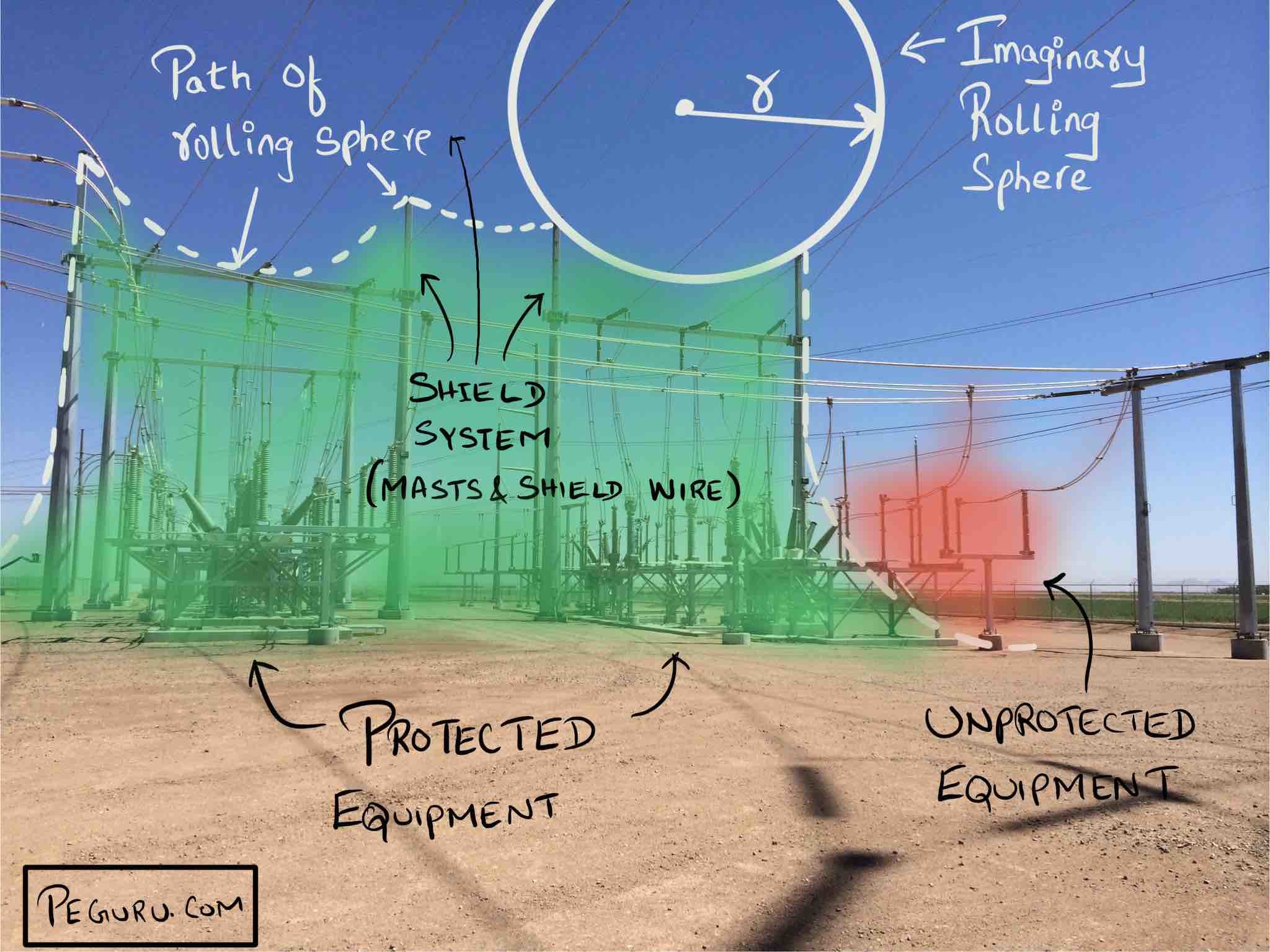

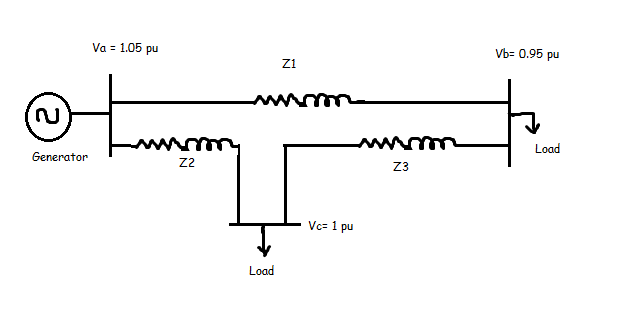
Interested in product – [email protected]
CABLE 25MM2 1C CONCENTRIC NEUTRAL 12KV
Pingback: One-third neutral and full neutral – GrindSkills
thanks for sharing this
Electrical Wire Harness Design | Wire Harness Manufacturing ?- SolidPro ES
Can you explain how to use the concentric neutral cable for a delta system?
On the primary side of 2500KVA 34,500 I plan to use (3) cables with concentric neutrals , that should work fine correct ?
Also are you saying that in a three phase system, the concentric neutral is equivalent to a separate neutral? I know on the primary side a neutral is not required.
You can use the concentric cable on the primary side.
Yes, the neutral will be considered as the fourth wire, if it is carrying any current.
Wow, that was a great piece of info about Power Cables and I do believe that it is worth reading for everybody who is looking to purchase the same. I would also recommend you to check out the power cables online products available from Lapp India. For more detailed info about power and control cable, power cables online, you can take a look at it from here-https://shopasia.lappgroup.com/in/